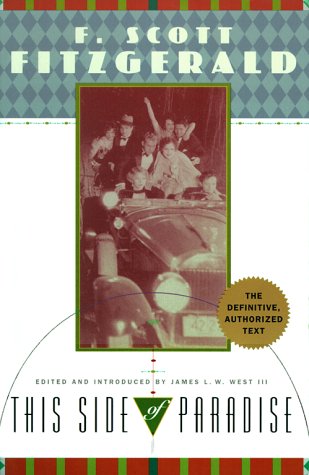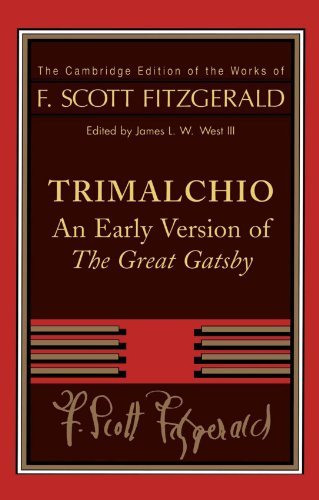
The Great Gatsby
Book Description
A glimmering mansion, a mysterious host, and a love that transcends time—welcome to the Jazz Age, where dreams pulse with danger. Jay Gatsby, the enigmatic millionaire, throws lavish parties that draw the elite, but behind the glitter lies a heart shrouded in longing and secrets. As tensions rise and relationships fray, a web of obsession and betrayal unfolds against the backdrop of a society teetering on the brink of change. Love, ambition, and the pursuit of the American Dream collide in a dazzling tapestry of desire and disillusionment. Will the shimmering façade of wealth be enough to bridge the gap between aspiration and reality?
Quick Book Summary
Set in the opulent neighborhoods of 1920s Long Island, "The Great Gatsby" follows Nick Carraway as he becomes entangled in the lives of his enigmatic neighbor, Jay Gatsby, and the old-money Buchanans. Gatsby, a wealthy and mysterious host of extravagant parties, is driven by his obsessive love for Daisy Buchanan, a flame from his past now married to Tom. The novel explores themes of desire, illusion, and the American Dream, revealing the moral decay beneath glittering wealth. As relationships unravel and secrets are exposed, Gatsby's reckless pursuit leads to tragedy, offering a poignant critique of materialism and the emptiness at the heart of the Roaring Twenties.
Summary of Key Ideas
Table of Contents
The Illusion of the American Dream
Nick Carraway, a young bond salesman from the Midwest, rents a modest home in West Egg, Long Island, and soon finds himself amidst a world of wealth and extravagance. Nick’s cousin, Daisy Buchanan, and her husband Tom live in the grander East Egg, symbolizing inherited wealth. Through wild Gatsby parties and subtle encounters, Nick observes the jazz-fueled decadence defining the era, where showy displays mask personal and societal emptiness.
Obsession and the Nature of Love
Jay Gatsby’s mysterious past and opulent lifestyle become the focus of Nick’s curiosity. Gatsby, known for his unstoppable charisma and nightly spectacles, is propelled by his singular love for Daisy, who represents both his lost love and his yearning for acceptance among the social elite. Gatsby’s grand gestures are fueled by his desire to recreate the past and win Daisy, highlighting his obsessive optimism and the lengths to which dreams can drive a man.
Class and Social Mobility
Class distinctions are sharply drawn: the Buchanans’ old money affords them security and status, while Gatsby’s new money positions him as an outsider. This divide is ever-present in Daisy’s oscillation between loyalty to her aristocratic life and her attraction to Gatsby. The division of West Egg and East Egg serves as a metaphor for social barriers, suggesting the limitations of social mobility and the hollowness of outward wealth.
The Corruption beneath Glamour
As secrets unravel, relationships among the characters deteriorate—Tom’s infidelity, Gatsby’s shady associations, and Daisy’s indecision expose the moral decay behind their luxurious façades. The death of Tom’s mistress, Myrtle Wilson, and Gatsby’s own demise punctuate the destructive nature of illusion and unchecked ambition. The sense of accountability is further blurred, as the wealthy evade the consequences of their actions.
Moral Decay and Disillusionment
In the aftermath, Nick is left disillusioned by the carelessness and superficiality of those around him. He returns to the Midwest, reflecting on Gatsby’s relentless faith in dreams. "The Great Gatsby" ultimately serves as a cautionary tale about the perils of idealism, the inefficacy of wealth in attaining true happiness, and the enduring elusiveness of the American Dream.
Download This Summary
Get a free PDF of this summary instantly — no email required.





